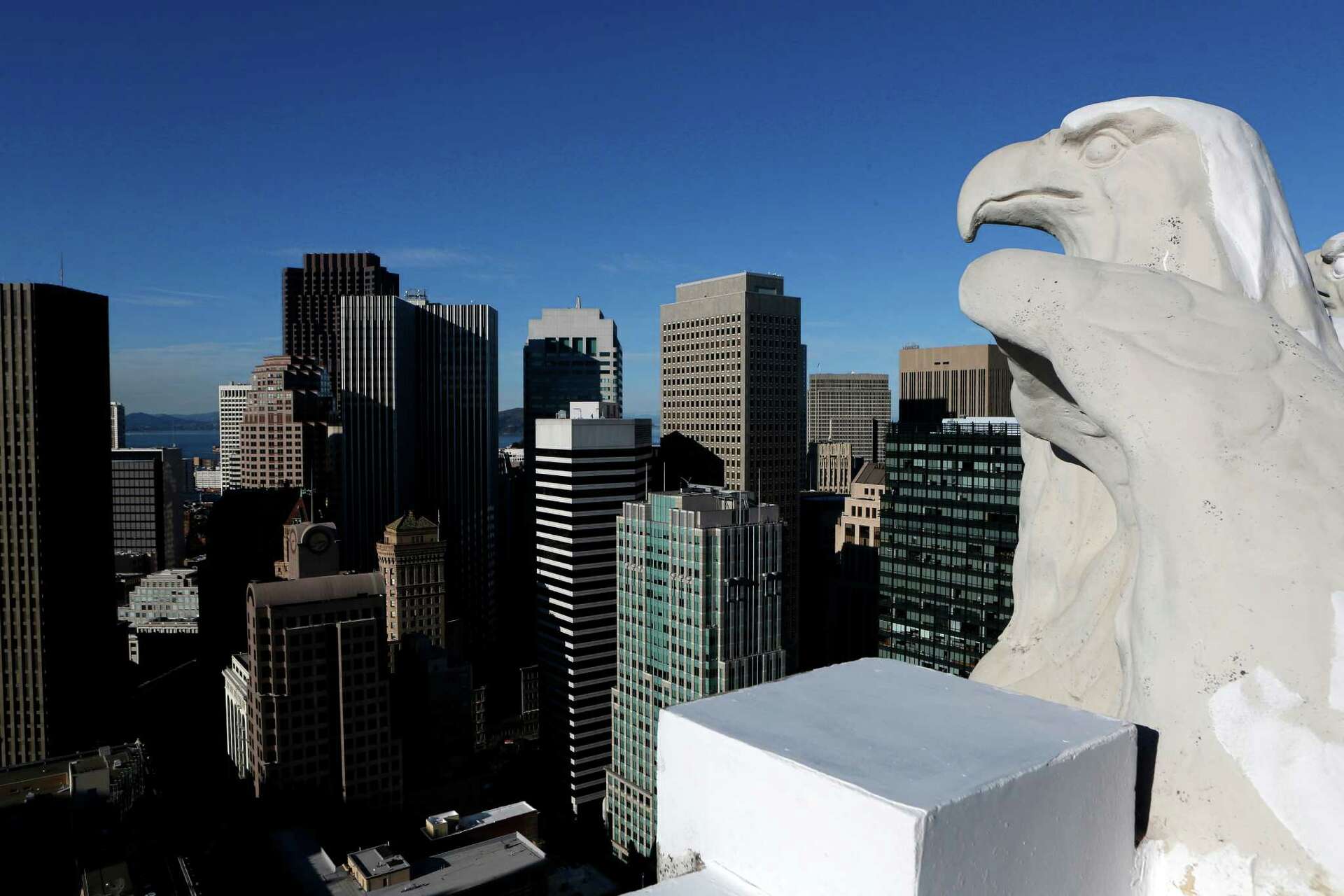The state of California contains diversified landscapes and energetic cities but also hosts some of the tallest and most dominating skyscrapers across the United States. Ranging from the iconic skyline of Los Angeles to the modernism of San Francisco, the Golden State prides itself on having a wide collection of towering buildings that show its economic dynamism and architectural creativity. This paper will cover the tallest buildings in California, focusing on design, significance, and how they have come to affect the urban landscape of this state.
-
Wilshire Grand Center
Location: Los Angeles
Height: 1,100 ft
Completed: 2017
Architect: AC Martin
The Wilshire Grand Center is the tallest building in California, located in downtown Los Angeles. Completed in 2017, it reaches a height of 1,100 feet with its spire. The architectural firm AC Martin designed the Wilshire Grand Center to take on a slim and pointed sail-like shape, which alluded to Los Angeles’ history as a seafaring town.
This mixed-use skyscraper contains a luxury hotel, office spaces, retail outlets, and restaurants. The top floors are taken by the InterContinental Los Angeles Downtown, offering their guests breathtaking views over the city. As the region is seismically active, the building was equipped with the latest seismic safety by the addition of a reinforced concrete core and high-strength materials. Its striking glass façade and dynamic LED lighting turn the Wilshire Grand Center into one of the striking landform viewpoints in this city’s skyline.
-
Salesforce Tower
Location: San Francisco
Height: 1,070 feet
326 meters
Completed: 2018
Architect: Kevin Roche John Dinkeloo and Associates LLC
The Salesforce Tower was completed in the year 2018 to be the tallest building in San Francisco and the second in California. Kevin Roche John Dinkeloo and Associates, LLC designed the tower in a smooth glass-clad exterior with a cylindrical shape.
The skyscraper is oriented towards sustainability due to the incorporation of energy-efficient systems in the building design. It is also home to office space used by the major technology firm of Salesforce, so it has become a signature of the contemporary architecture of San Francisco. Its height and design set the changing face of the city’s skyline, so it is one of the important buildings in the region’s commercial and cultural identity.
-
Transamerica Pyramid
Location: San Francisco
Height: 853 feet (260 meters)
Completion: 1972
Architect: William Pereira
The 1972 Transamerica Pyramid is an iconic symbol of San Francisco and was California’s tallest building until the completion of the Salesforce Tower. Architect William Pereira designed the Transamerica Pyramid with a unique, pyramid-shaped design that sets it apart from every other skyscraper.
This would be the one landmark with its unique facade slanting a little and reaching a greater height, topped with a spire. The Transamerica Pyramid houses offices for the Transamerica Corporation and is one of the most recognizable buildings in the city. Its design reflects new thinking toward urban architecture, as it allows maximum light and air to reach the streets below.
-
U.S. Bank Tower
Location: Los Angeles
Height: 1,018 feet (310 meters)
Completed: 1989
Architect: Henry N. Cobb of Pei Cobb Freed & Partners
Before it was surpassed by the Wilshire Grand Center, the U.S. Bank Tower held the title of Los Angeles’ tallest building. This skyscraper has a cylindrical design with a crown on top and stands at a height of 1,018 feet; its construction was completed in 1989. This building, designed by Henry Cobb of Pei Cobb Freed & Partners, was done using postmodern composition. Its design gave the building its high-strength concrete core, with glass curtain walls.
The building contains office space for several high-profile tenants and has truly been a beacon of corporate power in Los Angeles. Being at the center of Downtown Los Angeles, the tower has become centrally located in the Los Angeles cityscape, where the design has inspired succeeding skyscraper projects within the region.
-
Bank of America Tower
Location: Los Angeles
Height: 735 feet
Year Completed: 2009
Architect: Kevin Roche John Dinkeloo and Associates LLC
Completed in 2009, the Bank of America Tower is 735 feet high and features as one of the prominent skyscrapers in Downtown Los Angeles. Designed by Kevin Roche John Dinkeloo and Associates LLC, the tower expresses modernity with a glass curtain wall and a noticeable spire.
This office building has sustainability through the use of energy-efficient systems and green building practices. With its clean, crisp design and position, it helps to revitalize downtown Los Angeles as well as become one of the major elements in the city’s new urban landscape.
-
777 Tower
Location: Los Angeles
Height: 735 feet
Completed: 1991
Architect: Kevin Roche John Dinkeloo and Associates LLC
Another giant skyscraper in Los Angeles is the 777 Tower, which stands at a similar 735 feet tall. Built in 1991 by Kevin Roche John Dinkeloo and Associates LLC, 777 Tower was designed modernistic, so it also fitted in with its surrounding area in Downtown Los Angeles.
InformationsThe building accommodates office spaces and has formed part of the city’s commercial scene. The building height and design were also typical of the early 1990s architecture that was characterized by high-strength materials and modern techniques of building.
Tall Buildings Influence on California
Economic Impact
The tallest buildings in California are engines of economic growth. Skyscrapers attract businesses, investors, and tourists to the state, boosting its economic activity. Office spaces, retail outlets, and five-star accommodations provided sustain job creation and cement California’s lead as a global business center.
Urban Revitalization
Tall buildings have played a significant role in the renewal of cities across California. The construction of high-rise buildings has transformed underdeveloped, even forgotten areas, into thriving business/cultural hubs. The contemporary forms and highly visible sites of these structures have added to the charm of cities like Los Angeles and San Francisco and made them more livable.
Architectural Trends
California’s tallest buildings represent the newest trends in architecture and design. Sustainability, brand-new engineering techniques, and mixed-use functionality are some of the common themes that can be identified in these skyscrapers. The reality that most of these elements will be incorporated in future development to take the design and construction boundary further upwards is vividly real.
The Future of Skyscrapers in California
Innovations and Trends
Next-generation skyscrapers will incorporate state-of-the-art technologies, sustainable practices, and innovative designs with continued urbanization in California’s cities. The future of the state’s skyline will be dominated by the trend of mixed-use developments that bring together residential, commercial, and recreational spaces under one roof. Any potential heights will depend equally on engineering breakthroughs in advanced seismic safety systems and high-strength materials for the rise of even taller buildings.
Architectural Evolution
The future skyscrapers in California will show a modernism and sustainability attitude that the state will continue to take. Design is expected to be more dynamic and environment-friendly, including green spaces, renewable energy sources, and smart building technologies.
Conclusion
Among some of the tallest buildings in California are the Wilshire Grand Center, Salesforce Tower, Transamerica Pyramid, U.S. Bank Tower, Bank of America Tower, and the 777 Tower, which showcase some of the biggest architectural and engineering feats. These skyscrapers define the skyline of the state and embody its growth, ambition, and modernity. As California continues to grow in all ways possible, its skyline, reflecting new innovations and trends, will define the vision for a vividly sustainable urban future. Not merely pieces of architectural wonder, California’s tallest buildings have been an integral part of the state’s identity and development.







